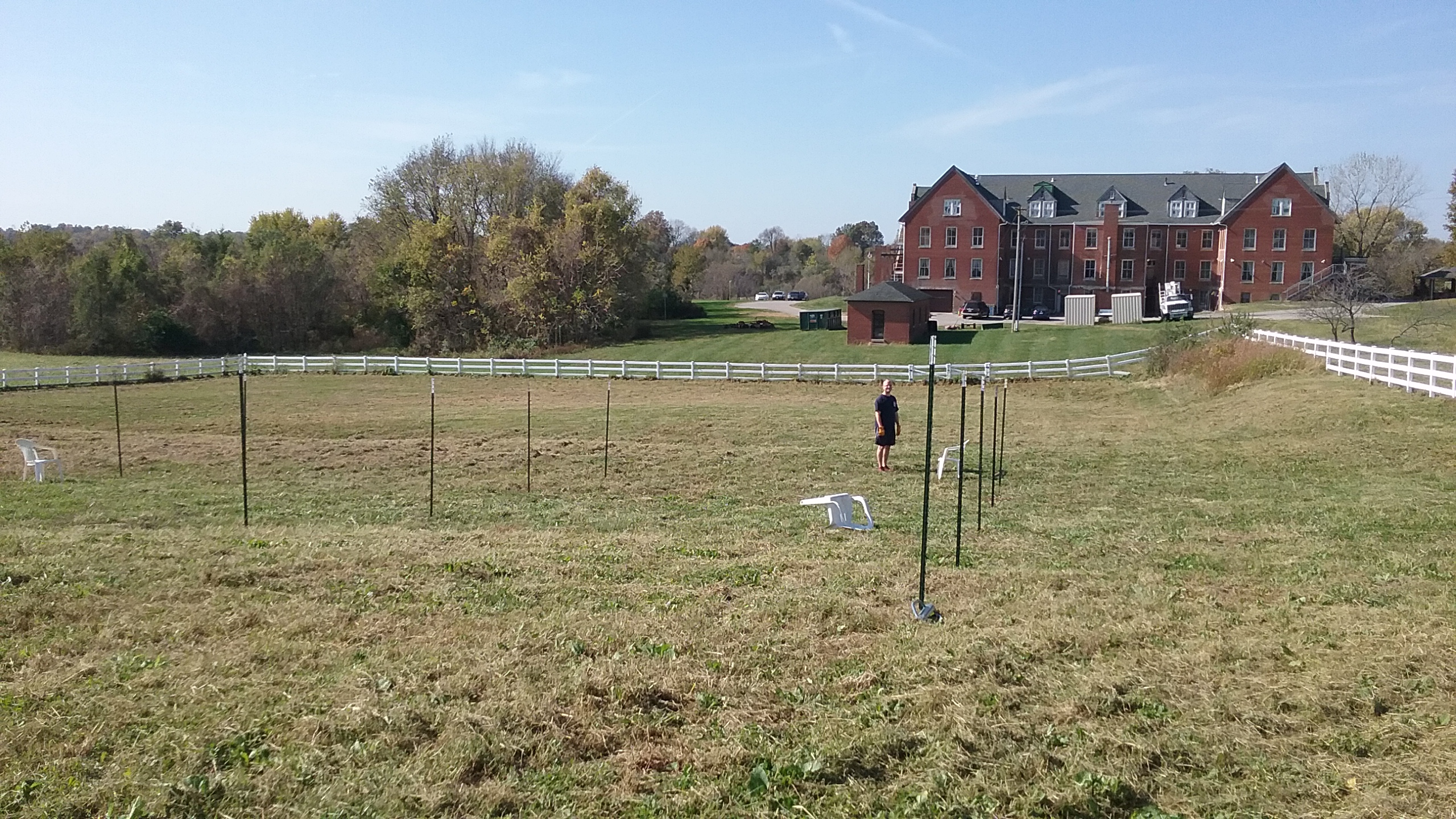New Herbicide Resistant Crops Being Considered By USDA
Herbicide drift has become a major issue for Midwestern grape and fruit growers as more powerful herbicides are being used to replace glyphosate. Glyphosate- the active ingredient in the most commonly used weed killers- has lost its effectiveness as many weeds have developed natural resistance to it.
Increasingly, farmers are reverting to older and more potentially toxic weed killers like 2,4-D and Dicamba. For grape growers, these “new” herbicides (which have really been around for some time) represent a major threat because they are more toxic to grapes and can travel father as airborne particles.
According to Martha Crouch, who has a PhD in developmental biology from Yale, and was a formerly a biology professor at Indiana University in Bloomington, “Any biologist will tell you that if you use any one chemical long enough, natural resistance will develop. However, some people are surprised by how quickly weeds have adapted to glyphosate.”
To combat the decreasing effectiveness of current herbicides on genetically modified crops (GMO’s for short), agricultural chemical companies are seeking approval of new types of corn and soybeans that will be immune not only to glyphosate, but also 2,4-d and Dicamba. (See the list below for the USDA approval status of fifteen different herbicide resistant crops, including an entirely new compound from Bayer.)
“What we’re talking about with these new GMO crops is combining resistances to multiple weed killers,” Crouch said. “Eventually, corn will be resistant to three or four different herbicides. The new herbicide resistant crops are a matter of addition, not substitution. It will definitely ramp up the amount of herbicide being used in the Midwest.”
Crouch said the new combination of herbicides will also be used much later in the season by cereal crop growers, which increases the likelihood of herbicide drift damage to fruit and grape growers.
Genetically modified crops have also changed some farmers’ perspectives about the use of herbicides, Crouch said. “Before herbicide resistant crops, the inherent vulnerability to herbicides was a constraint for a corn or soy farmer. No farmer wants to damage his own field,” she said.
“Now, corn and soy are engineered to be immune to herbicides, so more herbicide can be used and there’s little consequence to the farmer except additional cost of the herbicide,” Crouch said.
While GMO ready crops are not injured by herbicides, the overall effect on the environment is less certain. Over the past 16 years, glyphosate use in agriculture has tripled according to the U.S. Geological Survey. The USGA found glyphosate or its degradation component in over two-thirds of the 154 Midwestern water samples they took in 2002.
That’s not surprising, considering that 185 million pounds of glyphosate was used by American farmers in 2007 according to the US EPA. That number has almost certainly increased.
Judith McGreary of the Farm and Ranch Freedom Alliance says the best government official for grape grower to contact at this stage of the herbicide approval process is their U.S. Congress person. Some of the proposed herbicide resistant crops in the list below are currently in a public comment period.
Five herbicide resistant crops have been approved by APHIS since 2012, including one that involves a new herbicide not already used on HR crops, the Bayer FG72 isoxaflutole/glyphosate soybean:
Bayer, Soybean, Glyphosate and Isoxaflutole Tolerant/FG72
Bayer, Cotton, Glufosinate Tolerant, Lepidopteran Resistant/T303-3
Pioneer, Corn, Insect Resistant and Glufosinate Tolerant/DP-0041143
Pioneer, Canola, Glyphosate Tolerant/73496
Stine Seed, Corn, Glyphosate Tolerant/HCEM485
Five are waiting for preparation of Environmental Impact Statements:
Monsanto, Soybean, Dicamba Tolerant/MON 87712
Monsanto, Cotton, Dicamba and Glufosinate Tolerant/ MON 88701
Dow, Corn, 2,4-D and ACCase-inhibitor Tolerant/DAS-40278-9
Dow, Soybean, 2,4-D and Glufosinate Tolerant/DAS-68416-4
Scotts, Creeping Bentgrass, Glyphosate Tolerant/ASR368
Two are in the second public comment period, comments due August 26th: [if you publish after Aug 26th, call this “Two are waiting for final USDA assessment”]
Genective, Corn, Glyphosate Tolerant / VCO-01981-5
Monsanto, Canola, Glyphosate Tolerant/ MON 88301
Three are waiting for the second public comment period to commence:
BASF, Soybean, Imadazolinone Tolerant/BPS-CV127-9
Dow, Soybean, 2,4-D, Glyphosate and Glufosinate Tolerant/ DAS-44406-6
Syngenta, Soybean, HPPD and Glufosinate Tolerant/ SYHT0H2
Source: http://www.aphis.usda.gov/biotechnology/petitions_table_pending.shtml




The trend toward combining herbicides(eg, Dicamba & 2,4-D mixture) is a bit alarming…..in such mixtures, the herbicides seem to have a synergistic effect in their damage to grapevines and other sensitive crops.